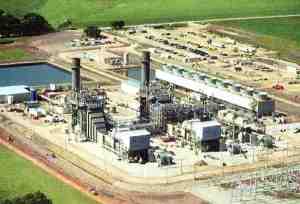A study from the University of Cambridge concluded that reducing our consumption of red meat would help our health and the environment. The BMJ Open Study (http://bmjopen.bmj.com/content/2/5/e001072.abstract) included data from the National Diet and Nutrition Survey of British Adults in 2000 to 2001. The researchers observed the amount of meat consumed by study participants and the level of greenhouse gas emissions linked to 45 different foods.
After adjusting for proportions, the study found that people who regularly ate red or processed meat overall ate more food than people who did not consume red or processed meat on a regular basis. They then calculated that if consumers of red and processed meat limited their intake to the level of individuals who do not consume red and processed meat or who ate smaller portions of these products with less regularity, the former group would reduce its health risks for diabetes, colorectal cancer and heart disease anywhere between 3% and 12%. Specifically, the data indicated that men who ate red meat had an average consumption of 53 grams a day. A reduction in consumption compatible to that of people who do not regularly consume red meat translated to a 12% decrease in risk for colorectal cancer and type 2 diabetes. This also would decrease greenhouse gas emissions linked with food and beverages by just under a half of a ton (0.45) per person.
Despite the fact that the survey data used for this study is more than 10 years old, the researchers validated its qualification for this study because statistics indicate that the consumption of red meat has not changed significantly over the past 10 years, and in fact, this data may even be conservative. It is also consistent with previous research published in the British Journal of Cancer that shows a possible association between processed meat consumption and cancer risks, linking a 19% increased risk for pancreatic cancer and the daily ingestion of an extra 50 grams of processed meat.
Studies such as these provide hard evidence for our need to reduce consumption of red and processed meat. This is a great way to improve our health and to help the environment. To be successful, start small by first reducing the amount of red meat on our plates and increasing the side dishes. Then move on slowly to eliminating red meat from some meals. Look for creative recipes for vegetables and side dishes to make them appetizing and filling, and be sure to include water with your meals. Once this becomes a habit, it will be easier to maintain. There also is the added plus of extra cash in your pocket from reduction in food expenses. Remember to eat green, live green, be green.





